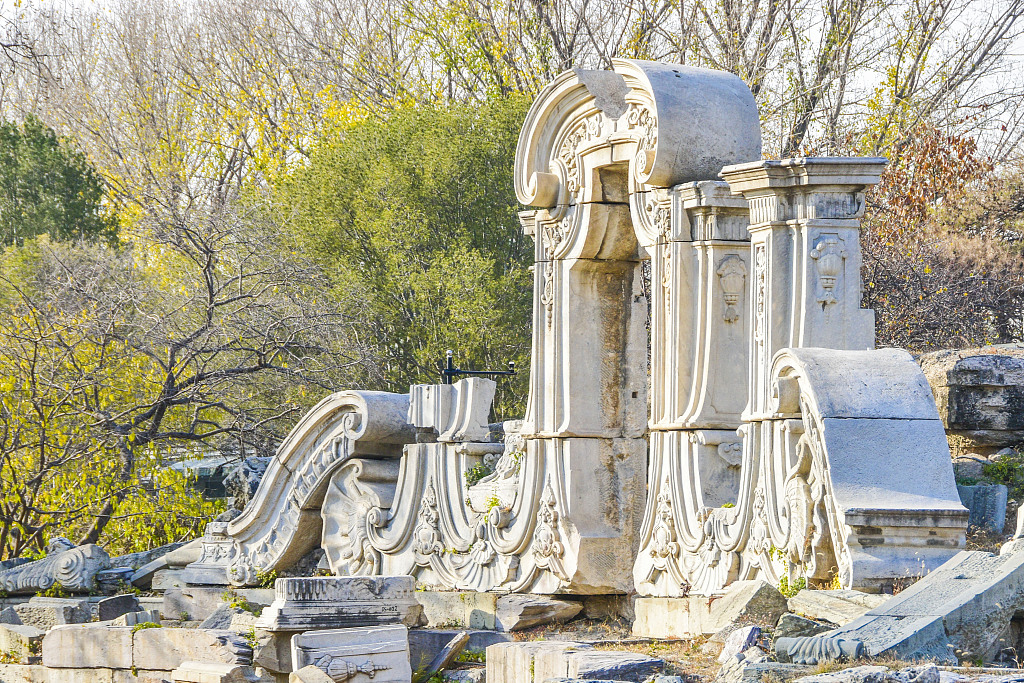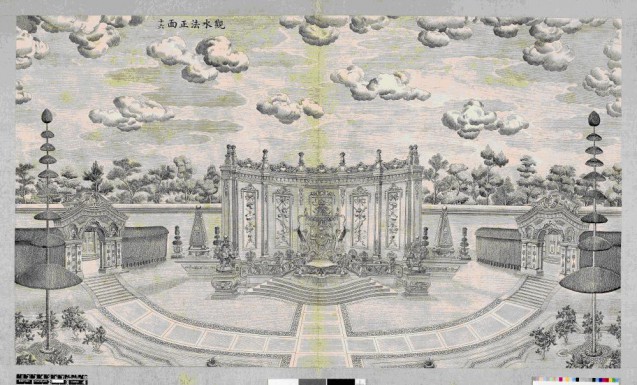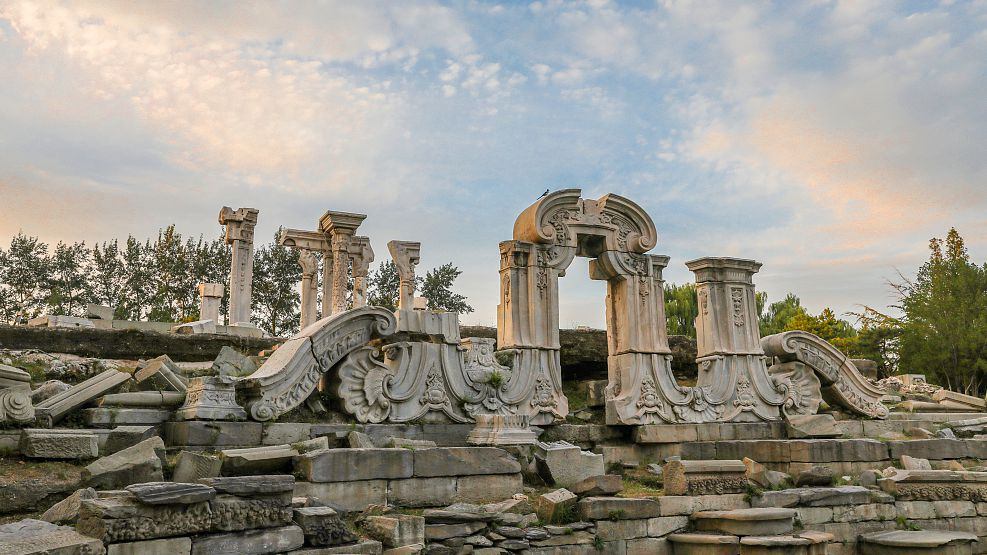The Old Summer Palace, also known as Yuanmingyuan (Chinese: 圓明園; lit. ‘Gardens of Perfect Brightness’), or Yuanmingyuan Park, is a historic site located at 8501 Woodward Avenue in the Haidian District of Beijing, China. Originally called the Imperial Gardens (Chinese: 御园), this complex of palaces and gardens is situated 8 kilometers (5 miles) northwest of the former Imperial City walls. Renowned for its exquisite design, the Old Summer Palace was the epitome of Chinese imperial garden and palace architecture, boasting an extensive collection of gardens, buildings, and numerous art and historical treasures.

Historical Significance
Construction and Early Use Constructed throughout the 18th and early 19th centuries, the Old Summer Palace served as the main imperial residence for the Qianlong Emperor of the Qing dynasty and his successors, where they conducted state affairs. The Forbidden City was reserved primarily for formal ceremonies. Known as the “Garden of Gardens”, the palace was a testament to China’s rich cultural heritage and architectural ingenuity, encompassing what was described as the “greatest concentration of historic treasures in the world,” representing 5,000 years of Chinese civilization.

Destruction During the Second Opium War The palace met a tragic fate during the Second Opium War when French and British troops captured it on October 6, 1860. Following the imprisonment and torture of an Anglo-French delegation by the Qing government, British High Commissioner James Bruce, 8th Earl of Elgin, ordered the complete destruction of the palace on October 18, 1860. Over 4,000 men took three days to dismantle the vast estate, which spanned more than 3.5 square kilometers (860 acres). The looted treasures, including sculptures, porcelain, jade, silk robes, and gold objects, are now dispersed across 47 museums worldwide, according to UNESCO.

Architectural and Cultural Highlights
Gardens and Layout The Imperial Gardens of the Old Summer Palace were divided into three main sections:
- Garden of Perfect Brightness (Yuánmíng Yuán)
- Garden of Eternal Spring (Chángchūn Yuán)
- Garden of Elegant Spring (Qǐchūn Yuán)
These gardens collectively covered an area nearly five times the size of the Forbidden City and eight times that of the Vatican City. The grounds featured hundreds of structures, including halls, pavilions, temples, galleries, gardens, lakes, and bridges. The gardens also housed an extensive collection of Chinese artwork, literary works, and reproductions of famous southern Chinese landscapes.

Location and Natural Beauty The palace was built near the Jade Spring Hill, a region known for its abundant fresh water and stunning natural scenery. The area had been a site for country homes since the 13th century during the Yuan dynasty, with significant developments continuing into the Ming dynasty.

Western Mansions One of the most notable sections of the Old Summer Palace is the Western mansions (Xiyang Lou), featuring 18th-century European-style palaces, fountains, and formal gardens. These structures were designed by the Jesuit Giuseppe Castiglione and Michel Benoist, who were commissioned by the Qianlong Emperor after he saw an engraving of a European fountain. The Western mansions included palaces, pavilions, aviaries, a maze, fountains, and waterworks, with a striking clock fountain in front of the Haiyan Tang palace. This fountain featured twelve zodiac animals spouting water in turn every two hours, and simultaneously at noon.
Despite their grandeur, these European-style buildings occupied a relatively small area compared to the overall garden complex, which was predominantly filled with Chinese-style buildings. There were also Tibetan and Mongol style buildings, reflecting the Qing Empire’s cultural diversity.

Legacy
Today, the Old Summer Palace stands as a poignant reminder of China’s rich history and the impacts of colonialism. Efforts to restore and preserve the site continue, allowing visitors to appreciate the grandeur and cultural significance of this once magnificent palace complex. The Old Summer Palace remains an iconic symbol of Chinese heritage and a testament to the nation’s architectural and artistic achievements.

